Light textile fabrics refer to materials that are thin, soft, and breathable, making them ideal for garments and products where comfort, drape, and lightness are priorities. Because they allow air to circulate and feel gentle against the skin, light textile fabrics are especially valued in hot climates. They are commonly used for Summer clothing fabrics, lingerie, home wear, curtains, scarves, and even decorative purposes. Choosing the right type of light textile fabrics requires considering comfort, breathability, drape, care requirements, and the specific end use.
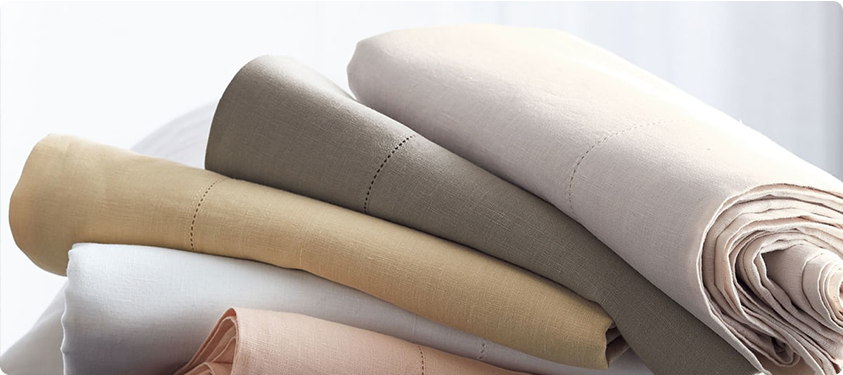
I. Common Types and Characteristics of Light Textile Fabrics
1. Natural Fiber Lightweight Fabrics
Among natural options, lightweight cotton fabrics are some of versatile.
Cotton:
Poplin: A smooth, light weave ideal for shirts and dresses, making it a staple among Summer clothing fabrics.
Voile: Semi-transparent, airy, and good for blouses, children's wear, and curtains.
Lawn: Extremely soft and delicate, ideal for baby garments and premium shirts.
Chiffon (cotton-based): More breathable than synthetic chiffon but prone to wrinkling, suitable for loose summer tops.
Linen: Offers a crisp texture and outstanding moisture absorption. It is good for Summer clothing fabrics with a natural, relaxed style.
Ramie: Slightly stiffer than linen, durable, with natural antibacterial qualities, often blended with other fibers.
Silk:
Mulberry silk and tussah silk both provide a luxurious sheen and smoothness, good for scarves, blouses, and dresses.
Habotai: A thin silk plain weave, often used in linings and elegant summer garments.
2. Chemical Fiber and Blended Light Textile Fabrics
Man-made fibers add variety to light textile fabrics and often improve durability or wrinkle resistance.
Viscose/Rayon: Mimics silk's softness with outstanding drape but can shrink without proper care.
Modal: Softer than cotton, with strong moisture absorption, suitable for Summer clothing fabrics like underwear and T-shirts.
Tencel: A sustainable Lyocell fiber that's breathable and wrinkle-resistant, ideal for both casual and formal summer wear.
Synthetic options are also important:
Polyester Chiffon: Lightweight and wrinkle-free, though less breathable than lightweight cotton fabrics.
Nylon Georgette: Strong, sheer, and elegant, often used in bridal and stage wear.
Triacetate: Has a silk-like shine and is easy to care for.
3. Knitted Light Textile Fabrics
Knits add stretch and versatility to light textile fabrics.
Single Jersey: Soft and elastic, good for base layers and casual T-shirts.
Mesh: Breathable and airy, widely used in sportswear and Summer clothing fabrics for outdoor activities.
Lace: Decorative and feminine, often layered over other lightweight cotton fabrics for modesty.
II. Advantages of Light Textile Fabrics
Comfort: Light textile fabrics keep the wearer cool in hot weather.
Drape: Many lightweight cotton fabrics and silk blends have an elegant, flowing quality.
Versatility: From casual Summer clothing fabrics to luxury evening wear, they adapt to many designs.
Variety: Available in natural, synthetic, and blended forms to match different budgets and preferences.
III. Buying Guide
When purchasing light textile fabrics, feel the texture, check breathability, and consider the intended purpose. For Summer clothing fabrics, prioritize lightweight cotton fabrics or linen for improve comfort. If wrinkle resistance is essential, opt for polyester blends. For eco-conscious projects, Tencel or organic cotton provide sustainable options without compromising quality.
In summary, light textile fabrics combine comfort, breathability, and elegance, making them versatile for clothing and home applications, especially in warm climates, while ensuring softness and ease of wear
 EN
EN English
English 中文简体
中文简体 Español
Español عربى
عربى bahasa Indonesia
bahasa Indonesia


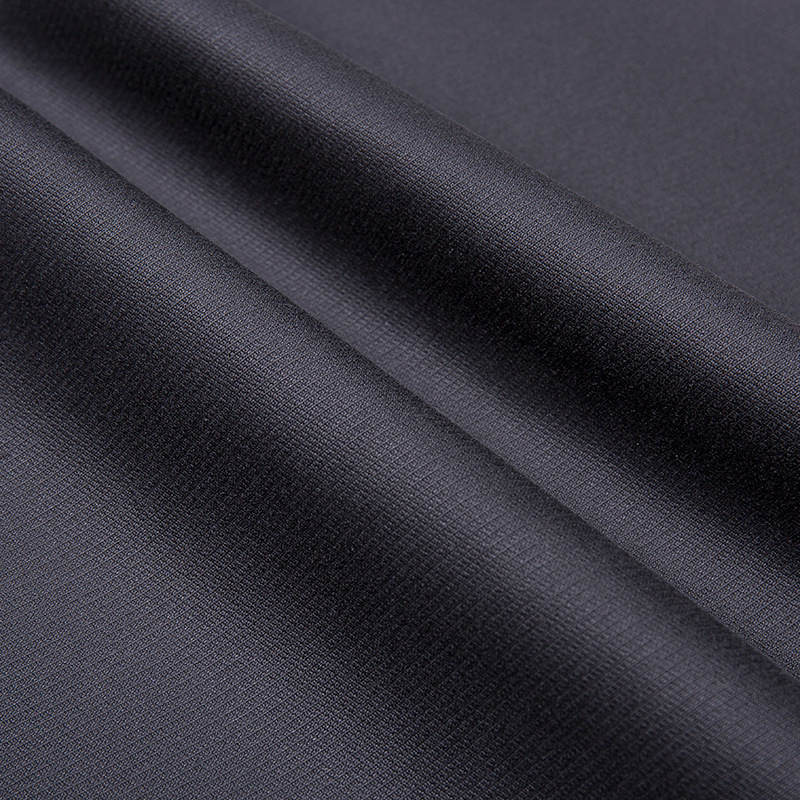
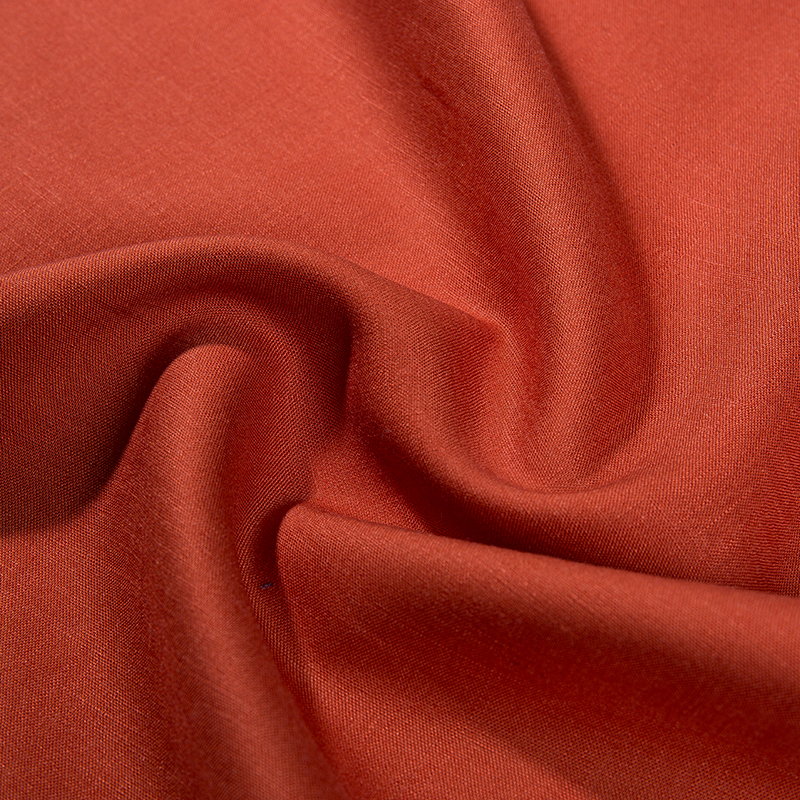
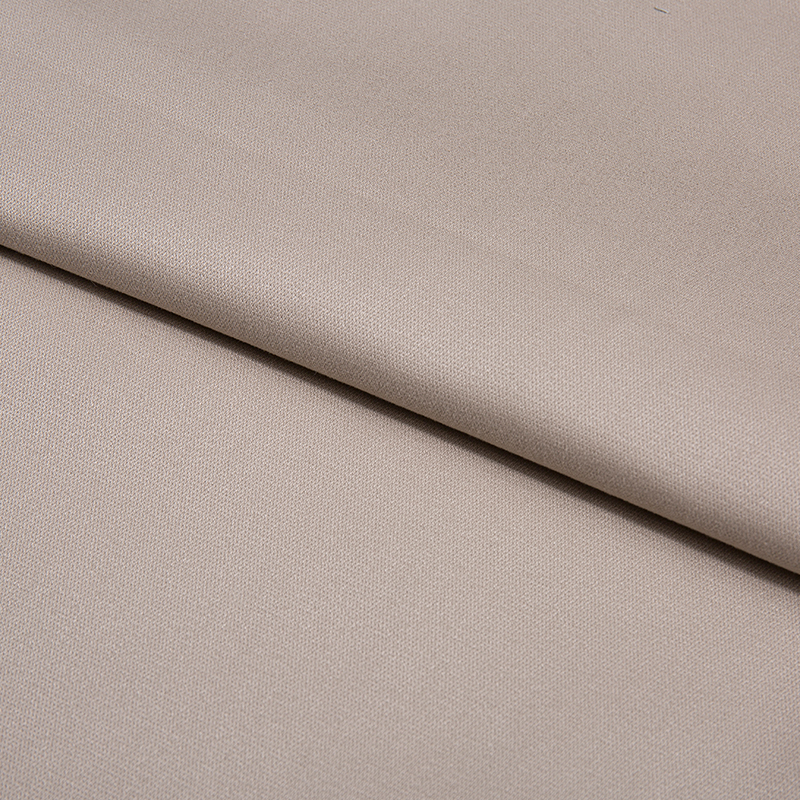
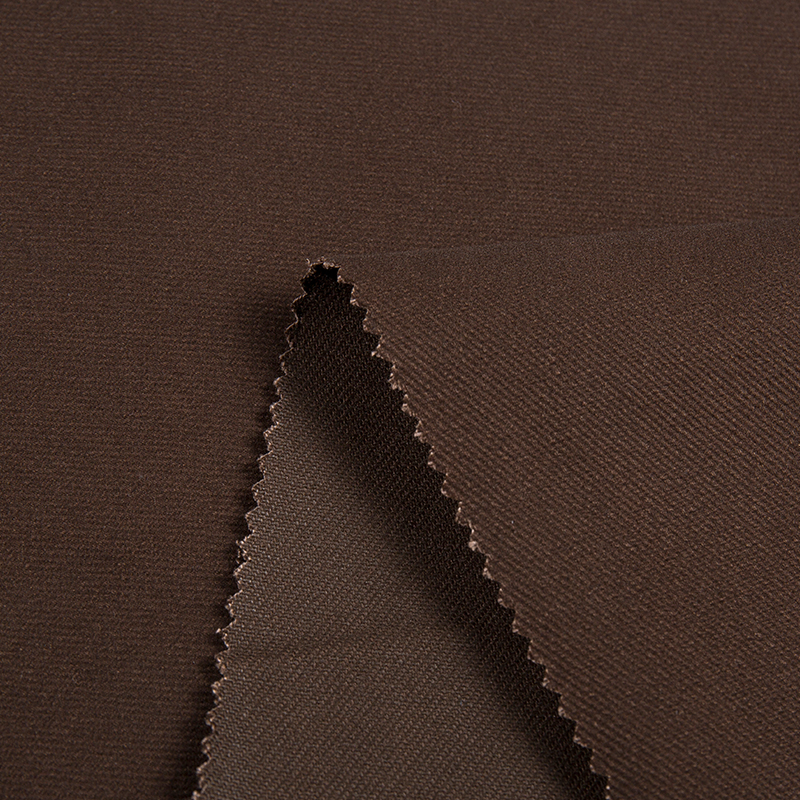
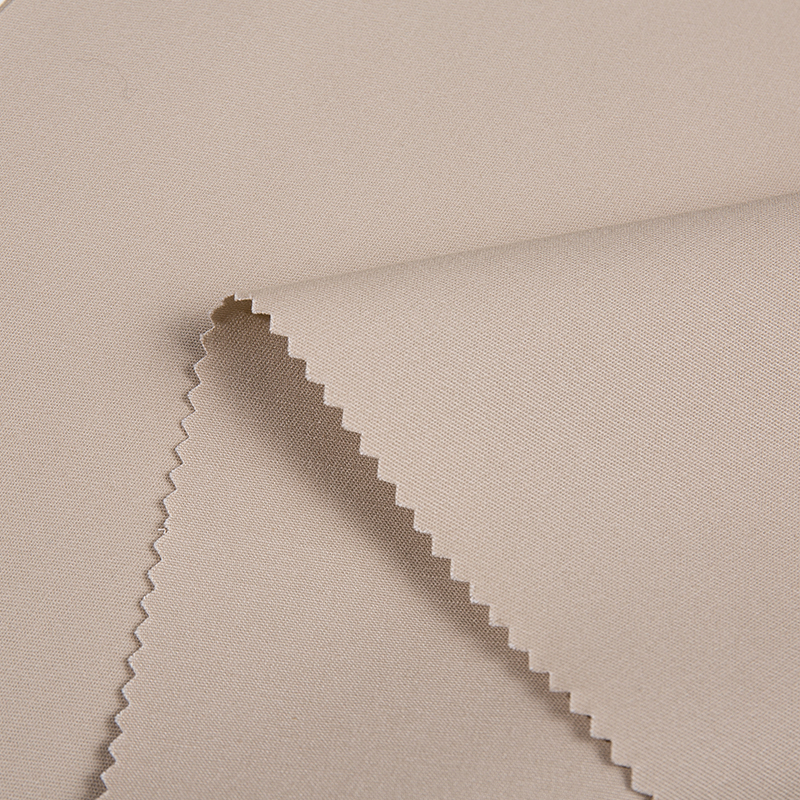
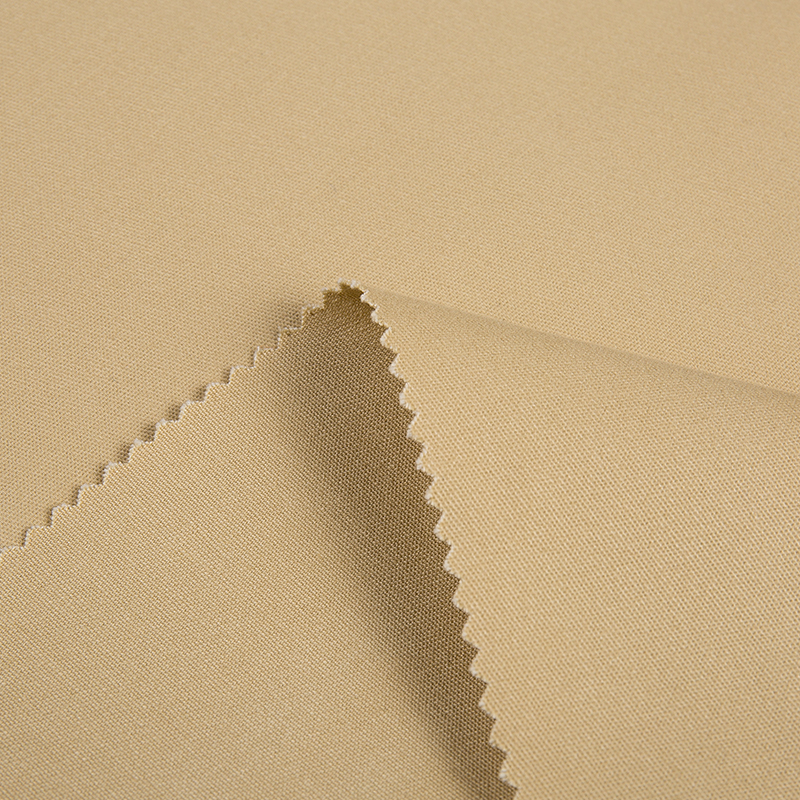
 Add: Beside National Highway 330, Zhuge Town, Lanxi City, Zhejiang Province, China
Add: Beside National Highway 330, Zhuge Town, Lanxi City, Zhejiang Province, China Phone: +86-579-89022355
Phone: +86-579-89022355

